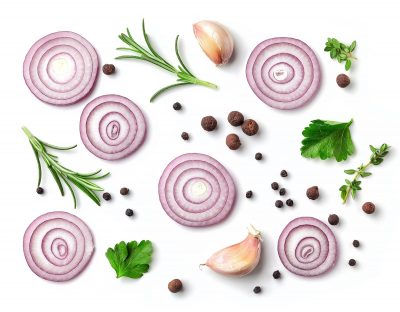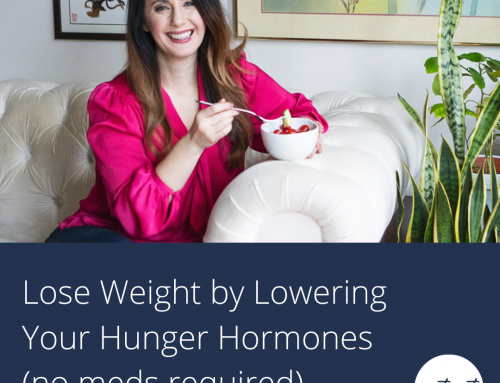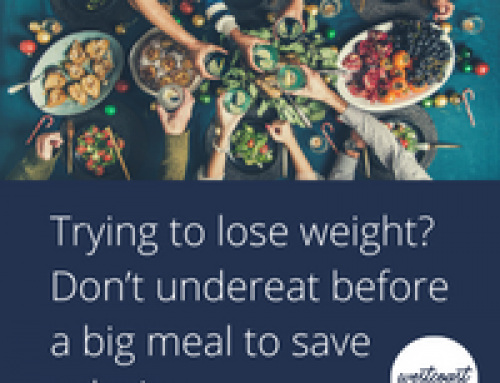What is the Low FODMAP diet?
This is an elimination diet that reduces certain types of carbohydrates that can be fermented by gut bacteria, in order to reduce symptoms and determine what foods may be triggering bloating, gas, constipation or diarrhea associated with Irritable Bowel Syndrome.
Monash University defines FODMAPs as a group of carbohydrates that are not completely digested and absorbed by our usual processes, that means when they reach the large intestine (where we form our poops) they can be fermented as fuel by bacteria which creates more gas. In some guts, the balance of bacteria may cause more extreme fermentation and excess bloating, or in those with IBS you may get an increased signal of pain or discomfort with even normal stretching of the intestinal wall.
FODMAPs are not unhealthy! In fact, these are some of the best types of foods for promoting diverse and healthy gut bacteria in a normal gut. That’s why it’s important that this is not done for the long term, and you don’t skip the reintroduction phase if you do try it.
Common FODMAP containing foods are:
- Garlic
- Onions
- Beans and legumes (think black beans, lentils, chickpeas)
- Cauliflower
- Broccoli
- Apples
- And many more! As you can see they are a diverse group
- A low carbohydrate diet
- A lifelong/long term diet
- A weight loss diet
- A diet for diverticulitis, ulcerative colitis or other types of very specific digestive conditions
You may want to try the Low FODMAP diet if:
- You have bloating, excess or very foul smelling gas, abdominal discomfort or pain, diarrhea, or constipation on a regular basis.
You should avoid the low FODMAP diet if:
- You have an active eating disorder or history of an eating disorder. The restriction may trigger old thought patterns despite being for the “right reasons”. There are other ways to determine triggers, and you should enlist the help of a Dietitian to support you through that.
- You don’t have any regular digestive issues.
- Your digestive issues are occasional – once a month or less.
Tips if you’re trying it:
- Give yourself 2 weeks just to get used to it, you’re limiting a lot of foods and figuring out substitutions. It’s normal to miss some sneaky FODMAPs as you’re adjusting.
- Give it 4-8 weeks of solid, clean, low FODMAP eating to allow your gut to settle and see what “normal” looks like for you.
- Keep a food diary and symptom diary during this time. Foods, drinks, and any digestive symptoms at a minimum, but including stress and sleep is really helpful as these are common gut triggers.
- Reintroduce each group (Oligosaccharides, Disaccharides, Monosaccharides, Polyols) one at a time. I like to start with a small portion, and then try a larger portion if that goes well to help clients find their “threshold”.
- If after 8 weeks you aren’t seeing a 60-80% improvement (before reintroductions) consult with a digestive health experienced Dietitian (you can work with us if you live in BC, more info here), there may be something other than IBS going on or you may need some targeted support with food or supplements before moving on to reintroductions.
Need some help getting your meals for the week balanced and prepared? If you’d like to receive our free Meal Planning Getting Started Guide AND get in on our weekly emails about all things nutrition so you can get clarity and confidence on what you’re eating, join us here!







